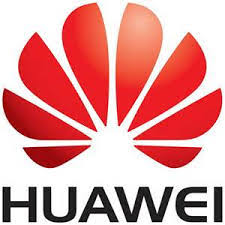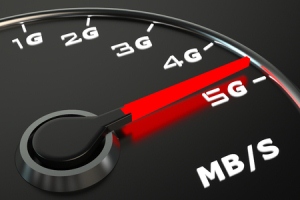At the Fourth Annual Asia-Pacific Spectrum Management Conference Huawei said that the commercial success of 5G will depend on the availability of continuous large bandwidth (100 MHz per operator).
In a conference keynote, Du Yeqing, vice president of Huawei’s 5G product line said, “C-band is the golden spectrum for 5G. It has been released or will be released for operators in countries worldwide. Continuous large bandwidth (100 MHz per operator) will be the cornerstone for 5G business success.”
He noted that continuous large bandwidth will improve both investment efficiency and user experience by 10 times and promote MBB to new heights, so users can enjoy high quality services anytime and anywhere.
Du said that the current focus of 5G is to coordinate C-band spectrum planning, but that other key technologies and requirements must not be overlooked. For example, uplink-downlink decoupling can reduce the number of sites and associated costs by enabling 5G deployment on existing 2G/3G/4G spectrums and allow continuous coverage on C-band. On top of that, 5G networks require precise synchronisation, reduced interference, less spectrum isolation, and higher spectral efficiency.
Countries with insufficient C-band spectrum can allocate 100 MHz of continuous large bandwidth on TDD 2.6/2.3 GHz to each operator. This will improve investment efficiency, while helping to prepare for an evolution towards high bandwidth 5G.
MBB underpinned by spectrum resources is a driving force for GDP growth. Huawei’s 2018 Global Connectivity Index (GCI) indicates that countries prioritising the construction of ICT infrastructure enjoy substantial economic benefits. It is estimated that by 2025, the digital economy will account for a market value of US $6.4 trillion (€5.47 trillion).
Huawei was one of the organisers of this year’s Asia-Pacific Spectrum Management Conference, which was hosted by Forum Global, the International Telecommunication Union (ITU), and the Asia-Pacific Telecommunity (APT), was held in Bangkok from July 17 to July 19.
The purpose of annual conference is to provide a forum for government regulators, telcos, telecoms equipment makers and other industry stakeholders to come together to discuss how to best promote spectrum allocation and formulate a clear set of industry policies.
Topics discussed included how to expedite new LTE spectrum allocation in the Asia-Pacific region, and enable the continuous evolution of All Business Connected@LTE in the 5G era. Participants also exchanged views on how to ensure implementation of industry polices for wireless home broadband, rural networks, indoor digitalisation, IoT, and the microwave industry.
Stakeholders also called for practical 5G spectrum allocation plans and the selection of appropriate technology to maintain sustainable and effective growth of all mobile business in the Asia Pacific region. Mobile broadband (MBB) is booming whereas spectrum resources are growingly scarce. Huawei, as a world-class provider of ICT infrastructure and intelligent terminals is fully committed to maximising spectral efficiency by pursuing new and innovative technologies.
Such solutions aim to help Asia-Pacific operators in addressing capacity challenges, including SingleRAN Pro based 4T6S, Massive MIMO, site densification, and spectrum evolution. In addition, the introduction of Huawei CloudAIR 2.0 will support flexible demand-based spectrum allocation between GSM, UMTS, LTE, and 5G NR, and increase spectral efficiency.
In terms of spectrum and technology selection and capacity requirements, Asia Pacific operators in Thailand, Sri Lanka, Myanmar, Malaysia, and Indonesia believe that spectrum combination (low frequency, intermediate frequency, and high frequency) is the correct response to 4G and 4.5G coverage/capacity/service layer requirements. This will effectively improve user experience and spur operators’ growth. The solution should prove to be the prevailing method for deploying LTE networks and spectrums in the upcoming 5G era.
Comment on this article below or via Twitter: @VanillaPlus OR @jcvplus






